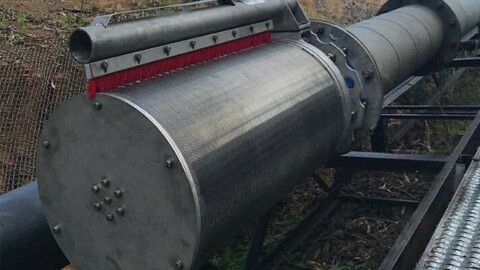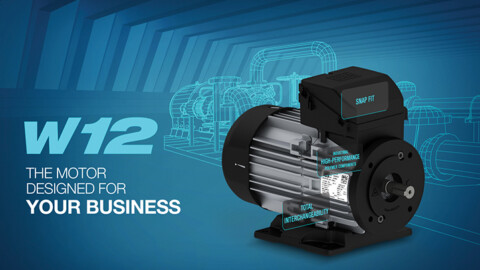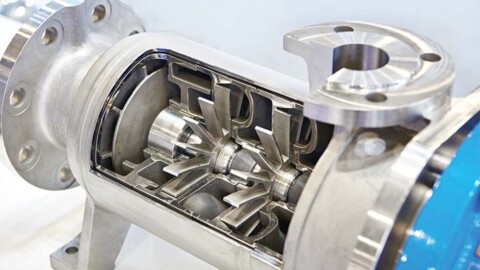Ian McNicol, Sustainability Victoria
Fans and pumps used in the commercial, manufacturing and mining sectors are a very significant source of energy use and greenhouse emissions. The Pump Industry Association and the Fan Manufacturers Association of Australia and New Zealand have been working with Sustainability Victoria to improve standards.
 The energy used by pumps and fans is a significant part of total energy consumption as the below figures demonstrate, and this consumption is expected to increase.
The energy used by pumps and fans is a significant part of total energy consumption as the below figures demonstrate, and this consumption is expected to increase.
The International Energy Agency (IEA) estimates that there is the potential to achieve across the board savings of 20 to 25{87a03eb4327cd2ba79570dbcca4066c6d479b8f7279bafdb318e7183d82771cf} from ‘motor systems. This translates to around $1 billion in energy bill savings for pump and fan systems.
A number of key approaches can be taken, including the correct sizing of motors to match load requirements, use of variable speed drives where the load is variable, use of high efficiency components such as motors, couplings and end-use equipment. Optimisation of downstream distribution system, and elimination of losses and leaks as well as proper maintenance and repair all can contribute as well.
Barriers to saving energy
Of course, there are many barriers to achieving this. Firstly there are split incentives, such as the party which specifies the equipment is not directly responsible for paying the energy bills. Additionally, risk minimisation in the supply chain can mean like is replaced with like, or standard equipment is specified. A lack of information may also exist where equipment is not ‘energy rated’.
Further, the availability of information is not always enough. Energy costs are small percentage of total business costs and energy is not a ‘core business’, the focus is often on keeping the production line going, and on upfront cost and not lifecycle cost.
Energy costs can be a significant proportion of lifetime operating costs; up to 85 per cent for pump systems and 67 per cent for fan systems. Paying more upfront for a more efficient system can be a classic “win – win” situation for both the end use customer and the supplier.
Energy efficiency regulations
In Australia, the Equipment Energy Efficiency (E3) Program coordinates the regulation of appliance and equipment energy efficiency. The main policy tools are Minimum Energy Performance Standards (MEPS) and Energy Labelling. They currently regulate around 20 types of equipment for MEPS and seven appliances for labelling.
Industrial equipment
Regulation is expanding into industrial equipment. 3-Phase electric motors (0.75 to 185 kW) have been subject to MEPS since 2001. In July 2009, COAG agreed to implement the National Strategy for Energy Efficiency (NSEE). Measure 2.2.1 called for the expansion of MEPS significantly into the industrial sector to cover off-the-shelf products. A discussion paper on Industrial Equipment was released in September 2010 which identified pumps, fans and boilers as a key priority.
Key international developments
The EU’s Framework Directive on Eco-Design of Energy Using Products (2005) has been progressing work in four areas relevant to motor systems; electric motors, water pumps, circulator pumps in buildings and ventilation fans.
Forthcoming EU Regulations will commence for pumps in 2012 and be made more stringent in 2014. It covers clean cold water pumps (0.75 kW to 150 kW) and building circulator pumps. ISO9906 sets the test standard. Similar regulations for fans are also being implemented in the EU.
Australian developments
Since the PIA workshop on pumps in 2011, work on both non-domestic fans and non-domestic pumps has proceeded, although the work on fans has been given a higher priority. A Product Profile Discussion Paper on Non-Domestic Fans was publicly released by the E3 Committee in May 2012, and consultation workshops held for industry stakeholders in both Melbourne and Auckland. Comments on this Product Profile have now closed, and the E3 Committee will consider the responses before deciding on a way forward.
A Product Profile on Non-Domestic Pumps is in the final stages of preparation and is expected to be released for public consultation by October 2012. The Profile will look at the markets for pumps in both Australia and New Zealand, will look at what is happening internationally to improve the efficiency of new pumps sold, and will consider a range of options which could be implemented in Australia and New Zealand to drive improvements into the efficiency of new pumps. As with the fan profile, it is likely that consultation workshops will be held in both Australia and New Zealand to discuss the Profile with interested stakeholders and written submission on the Profile will also be considered.
An efficient future?
Electricity prices will continue to increase in real terms; generation and distribution costs are the key driver and the implementation of the carbon tax will add to this. Energy costs account for the majority of lifetime operating costs. Any future MEPS regulations will drive some improvements to the new pumps and fans installed, but much bigger savings are possible. Upgrading the efficiency of pump and fan systems is a “win-win” situation for end users and suppliers.















